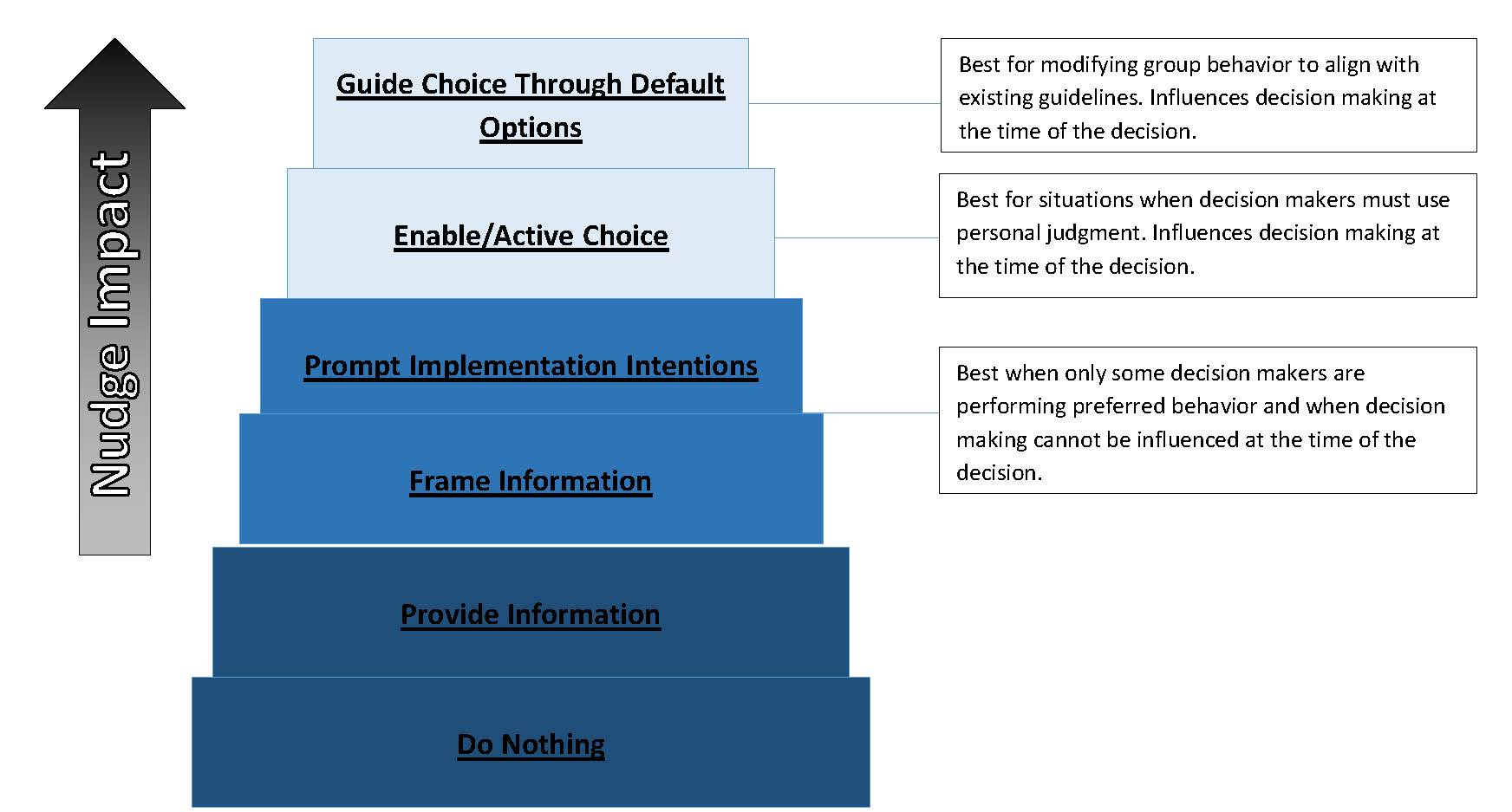Part
01
of one
Part
01
Behavioral Economics
Key Takeaways
- CalPERS influenced a significant number of employees into seeking lower-cost facilities for surgeries and selected outpatient procedures by using quality and price data to develop its reference-pricing benefit design program.
- Preet Anand stated that by reducing the coverage of out-of-network providers, health insurers nudge patients into choosing in-network health insurance options over out-of out-of-network providers.
- Behavioral economics employs several tools, programs, and techniques such as the nudge tool, hyperbole discounting, and the loss aversion principle to influence more rational decision-making.
Introduction
- The report provided below seeks to determine whether there are any evidence indicating a link between behavioral economics and the steerage of patients into lower cost, higher quality health care options.
Behavioral Economics Overview
- Behavioral economists believe primarily that patient and clinician decisions are predictably irrational. However, traditional economists believe that they are rational actors who consistently make decisions that serve their self-interest.
- However, without accepting irrationality in the human decision-making process, there can be no interventions to enable patients to adopt better health behaviors and make better decisions.
- Behavioral economics in the health industry thus seeks to identify behavioral triggers and leverage the same to create an enabling environment for healthier decision-making.
How Behavioral Economics Influences Patient Steerage for Higher Quality Care Options
- Behavioral economics employs several tools, programs, and techniques to influence more rational decision-making, including the nudge tool, hyperbolic discounting, and the loss aversion principle.
- However, the nudge tool is crucial to link behavioral economics and patient steerage for higher quality/lower-cost care options.
Nudge
- The nudge is characterized as guiding decision-making by deliberately altering the environment. It has been used in the steerage of patients to make better decisions in the health insurance industry.
- Preet Anand, co-founder and president of a daily check-in app for seniors (Snug), exemplified the nudge tool. He stated that by decreasing the coverage of out-of-network providers, patients would opt for in-network providers due to the lower cost and higher quality.
- An agency that manages/administers pension and health benefits for employees in California (CalPERS) influenced many patients into seeking "lower-cost facilities for surgeries and selected outpatient tests and procedures."
- The company did so by using "quality and price data to develop its reference-pricing benefit design program."
- According to a study, by asking patients if they would like to receive influenza vaccination, the nudge tool increased influenza vaccination by 9.5%.
- Nudges vary by approach and effectiveness. This nudge intervention ladder below provides best practice recommendations for developing and implementing the nudge tool in a health organization.
Research Strategy
We established the link between behavioral economics and the steerage of patients into higher quality/lower-cost options for care by leveraging quantitative and qualitative information from academic articles and peer-reviewed research from Managed Healthcare Executive, AMA Journal of Ethics, and The Commonwealth Fund, among others.
